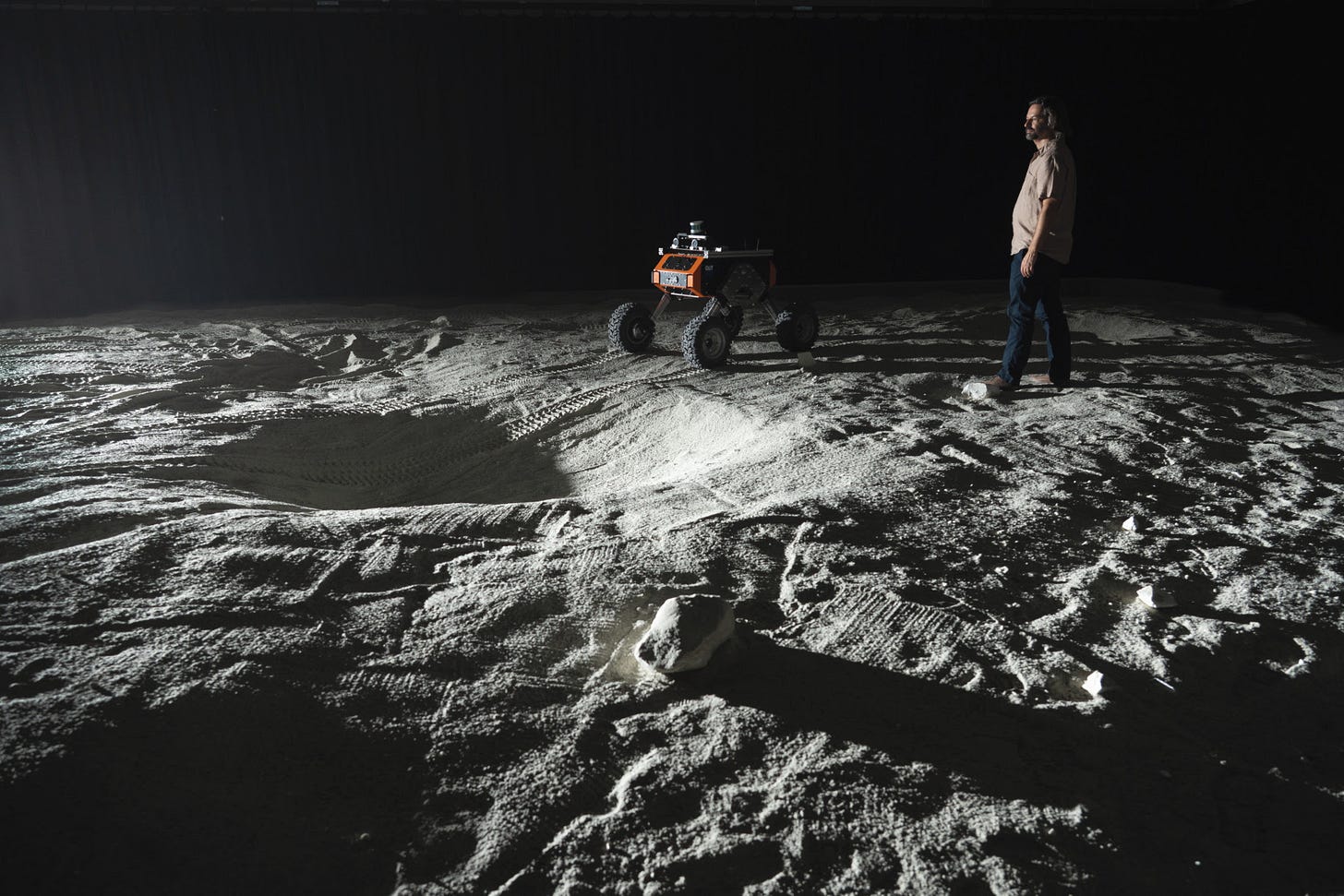QUT guides Roo-ver toward the Moon
QUT is helping Australia make history with Roo-ver, the nation’s first lunar rover
What’s happening?
Australia is building its first lunar rover, and QUT is leading the charge to make sure it can safely find its way on the Moon. QUT researchers are leading the development of navigation systems for Australia’s first lunar rover to ensure it stays on cour…
Keep reading with a 7-day free trial
Subscribe to The GC Minute to keep reading this post and get 7 days of free access to the full post archives.



